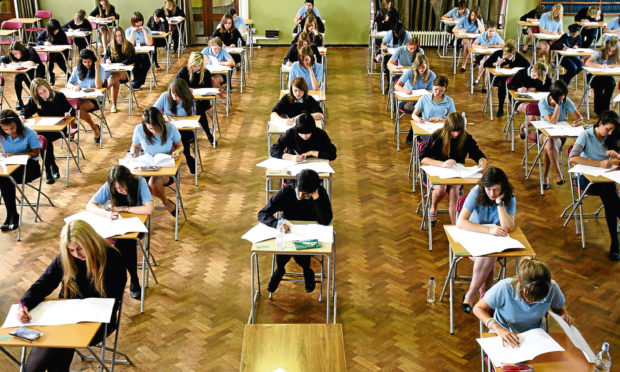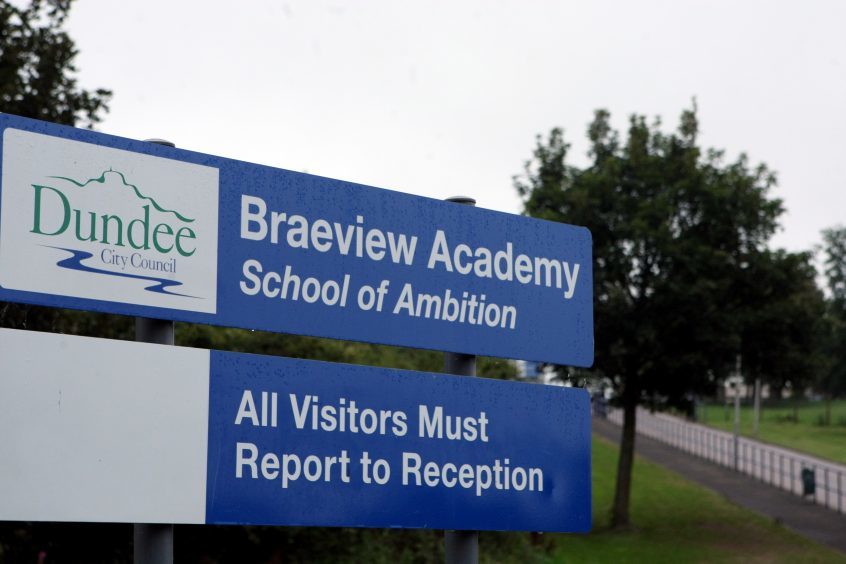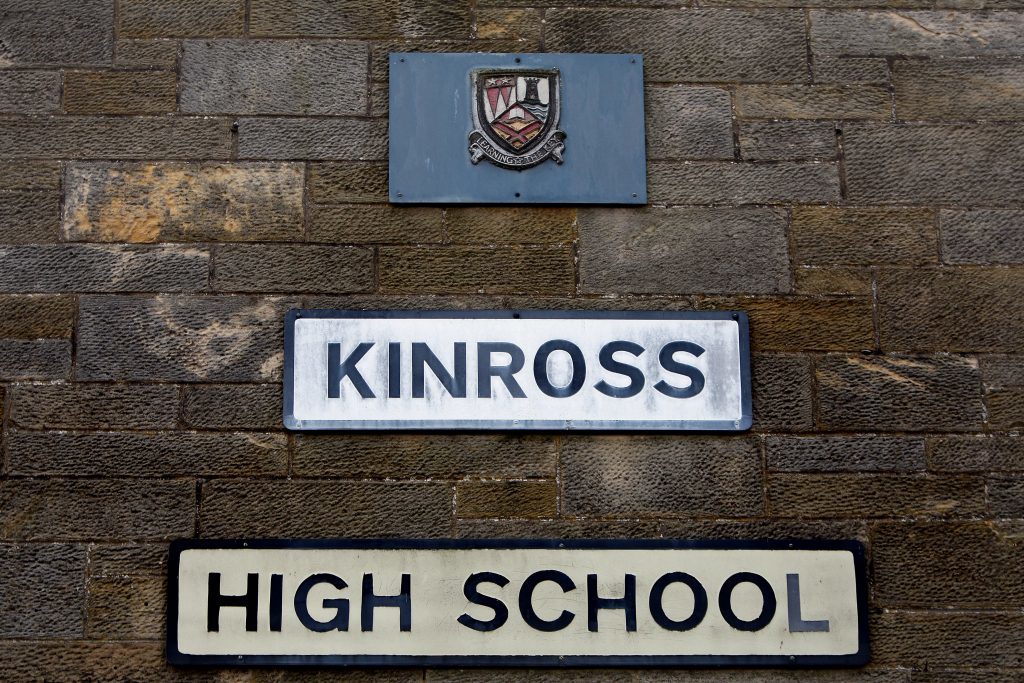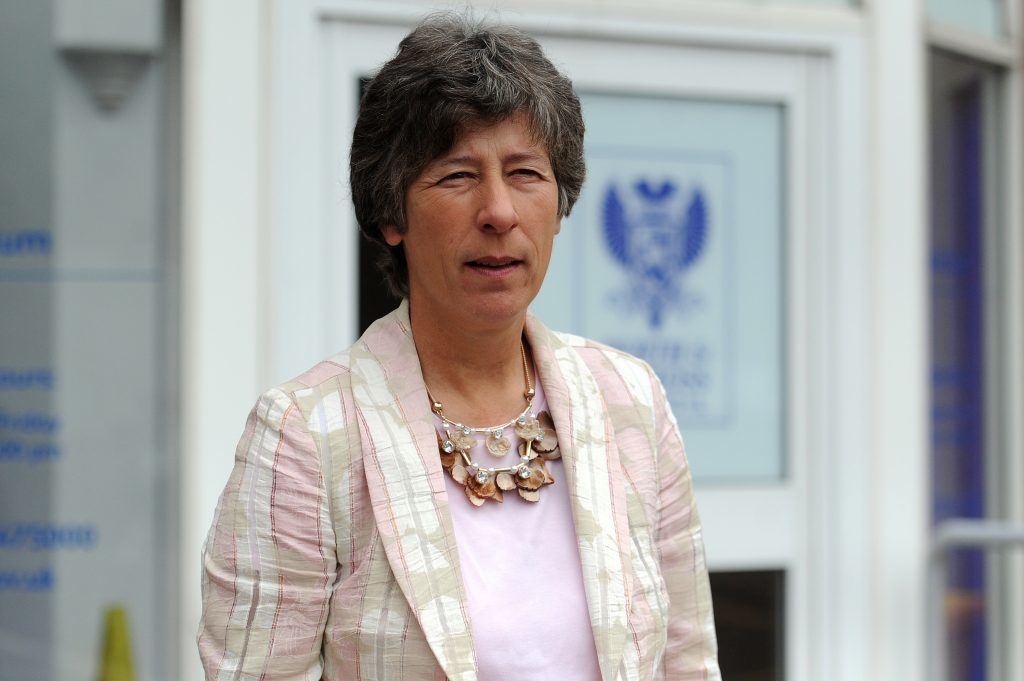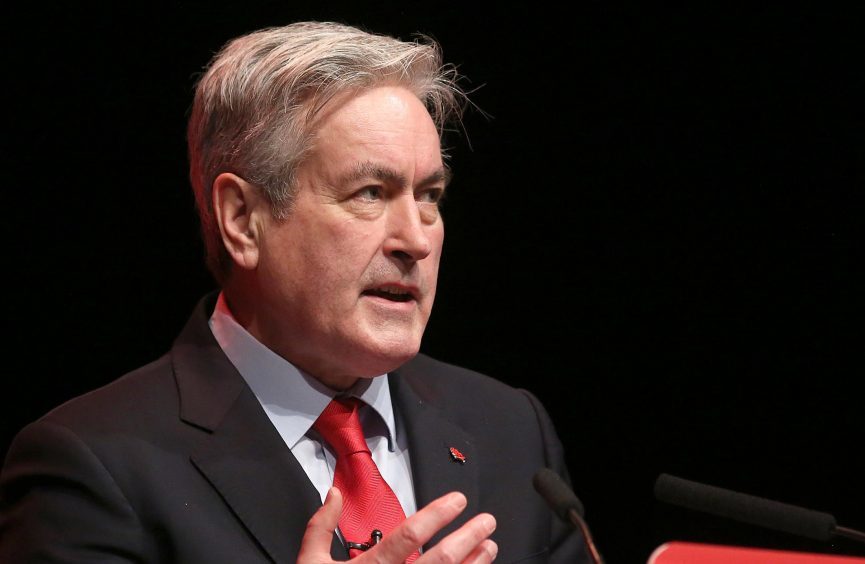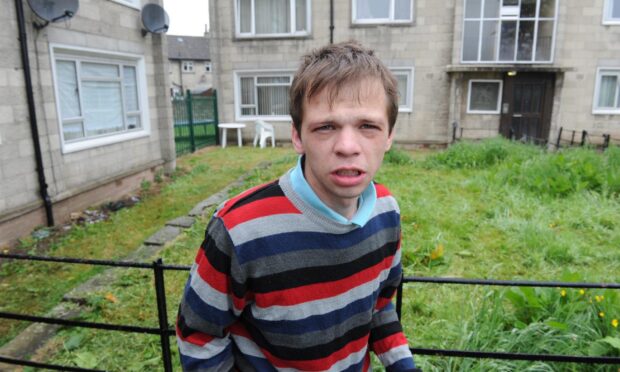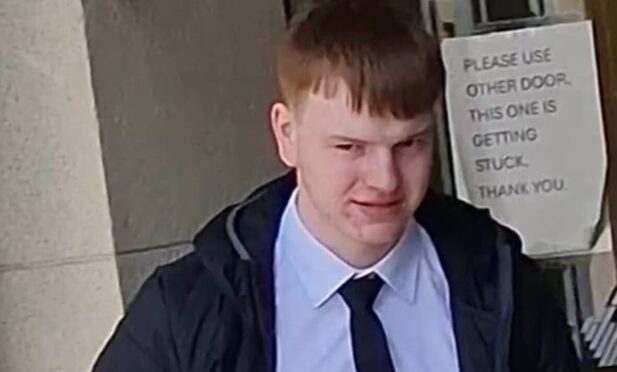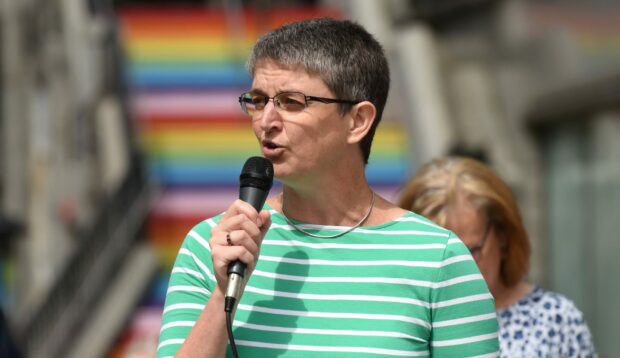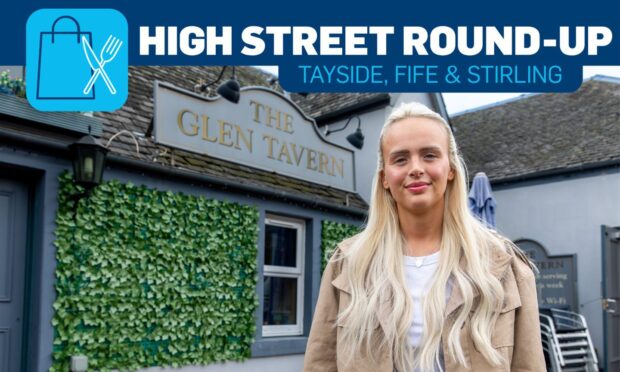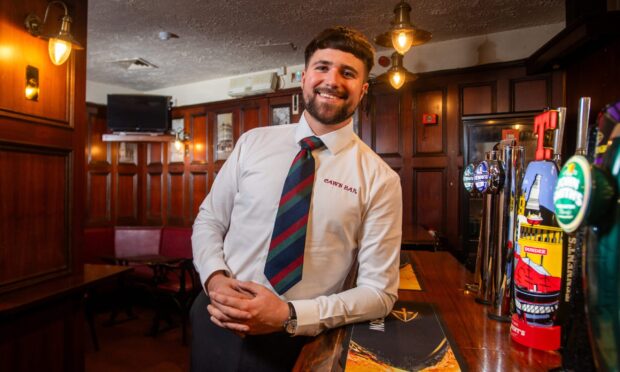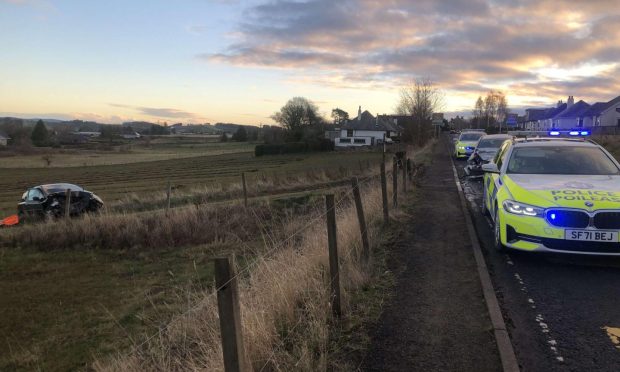Pupils from the most deprived parts of Tayside and Fife are less likely to pass highers than those living in more affluent areas, pass rates reveal.
This year’s figures can be explored in our online map. Hover over the icon for more information.
The attainment gap between pupils in the poorest and wealthiest areas of the country was laid out in the figures.
Angus
More than 42% of fifth year pupils at Arbroath Academy were not awarded a single higher qualification following the summer’s exams.
Around a third of pupils at the school live in one of Scotland’s most deprived areas.
Nearly half of S5 students at Montrose Academy did not gain any highers this summer but the Scottish Government did not provide deprivation data for the school role.
By contrast, 54% of Monifieth High pupils, fewer than 5% of whom live in deprivation, gained three or more of the qualifications.
Dundee
More than two-thirds of fifth year pupils at Braeview Academy were not awarded a single higher qualification following the summer’s exams.
As many as half of pupils at the school live in one of Scotland’s most deprived areas.
The Scottish Government did not provide data for the number of students who either did not sit an exam, or who did not pass a test when it was taken, for either St Paul’s RC Academy or Craigie Academy. The proportion of pupils who live in one of Scotland’s most deprived areas is up to 65% in both.
By contrast, almost 58% of Grove Academy pupils, fewer than 10% of whom live in deprivation, left school with three or more highers.
Fife
More than 61% of fifth year pupils at Levenmouth Academy were not awarded a single higher qualification following the summer’s exams.
>> Keep up to date with the latest news with The Courier newsletter
More than half of pupils at the school live in one of Scotland’s most deprived areas.
By contrast, 53% of Madras High students, fewer than 5% of whom live in deprivation, gained three or more of the qualifications.
Perth and Kinross
More than 44% of fifth year pupils at St John’s RC Academy in Perth were not awarded a single higher qualification following the summer’s exams.
Up to a quarter of pupils at the school live in one of Scotland’s most deprived areas.
By contrast, 54% of Kinross High students, fewer than 5% of whom live in deprivation, gained three or more of the qualifications.
Liz Smith, the Scottish Conservative shadow education secretary, said: “The continuing disparity between school standards in deprived areas and those in the more affluent areas represents the ongoing failure of the SNP to close the attainment gap.
“Worse still, recent evidence presented to Holyrood’s education committee shows that more pupils in deprived areas are facing increasing constraints in the number of subjects they can take in comparison with pupils in more affluent areas.
“These concerns are very apparent in schools across Fife and Perth and Kinross which is why so many parents are deeply worried.
“It is time for the SNP to recognise the seriousness of this situation and urgently act to address it.”
Dundee University professor Jim Scott told MSPs last month that a cut in school subject choice in many areas has created a “postcode lottery” for pupils.
The academic warned there was now a “very significant disparity of experience for learners”.
Labour’s education spokesperson Iain Gray said: “These statistics reveal that a young person’s chances in life in Scotland today remain defined by how much their parents earn.
“In schools and universities we have a situation where the attainment gap between the poorest and richest students has stubbornly remained while Nicola Sturgeon has been First Minister. The gap in colleges is getting worse.
“At the heart of the issue is resources in our schools. Instead of being properly funded, we have seen school’s budgets slashed in real terms by £400 million since 2010.
“We are also experiencing a situation where subject choices in deprived schools are narrowing at a faster rate than average, cutting off opportunities for pupils from disadvantaged backgrounds.
“Instead of continuing to ignore the increasing evidence on these issues, John Swinney should tell us how he is going to sort it.”
In August, research by the Scottish Parliament Information Centre showed council spending on education fell from £5.3 billion in 2009-10 to £4.9 billion in 2017-18.
The Scottish Government provides a Pupil Equity Fund to help headteachers tackle the attainment gap between schools in the richest and poorest parts of the country.
Concerns have been raised about how the money has been raised, however, with cash being spent to make up for budget cuts and to supplement teachers’ wages.
The evaluation report into the Attainment Scotland Fund, which the PEF is part of, analysed responses from 22 of Scotland’s 32 councils. It said: “There were some concerns about a strong reliance on the funding to support staffing costs, and a belief authorities would not be able to sustain this level of investment without the additional funding.”
Audit Scotland has confirmed it will consider looking at PEF funding when it carries out an audit on school education next year.
A Scottish Government spokesperson said: “We are taking forward a number of initiatives to ensure that every child can achieve their potential, no matter their background or circumstances.
“We are investing £750 million during the course of this Parliament to tackle the poverty related attainment gap – this includes another £120 million of Pupil Equity Funding directly to schools this year.
“We are also taking action to eradicate child poverty backed by a multi-million package of investment in a range of areas, including £12 million for intensive employment support for parents, a national minimum school clothing grant of £100 to help with essential costs, Best Start Grant payments to help families in the early years, and our commitment to doubling free childcare hours.”
What the councils say
Angus
Angus has not responded to a request for comment.
Dundee
Dundee City Council children and families service convener Stewart Hunter said: “Over the last few years, attainment has been improving across the city and our teachers and staff are working hard to ensure that pupils are equipped with the skills to help them in life after school.
“Most recent figures have demonstrated that more young people than ever before are going on to positive destinations when they leave school. This now stands at above the Scottish average.
“The city’s schools are engaged in an ongoing drive to close the attainment gap and this is providing support to young people who face extremely challenging circumstances.
“Education Scotland recently published a report outlining how Dundee is making ‘good progress’ in improving learning, raising attainment and narrowing the poverty-related attainment gap.
“The report highlighted effective partnership working as a key strength.
“We are on a long-term journey to increase attainment across the whole of Dundee and I would like to praise the commitment of our teachers and everyone who works in our schools.”
Fife
Fife Council said it has a long standing commitment to closing the attainment gap as part of its ambition to reduce inequalities.
The authority said there has been “significant improvements” for those achieving highers.
The attainment gap for the area has also closed by 4.3% over the past four years, according to the council.
Perth and Kinross
Perth and Kinross Council has not responded to a request for comment.
